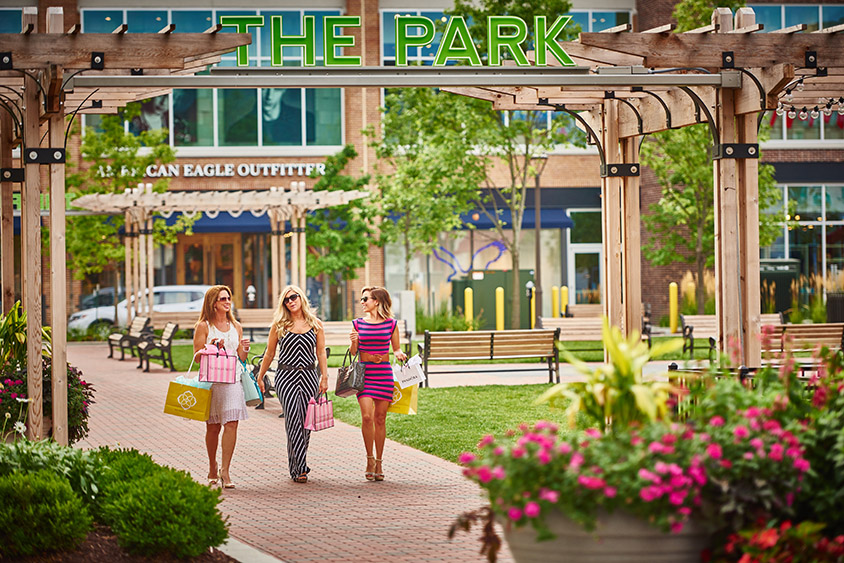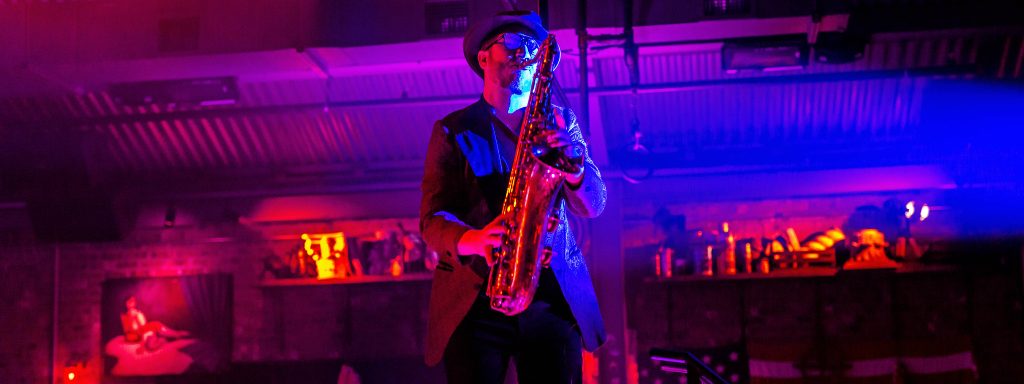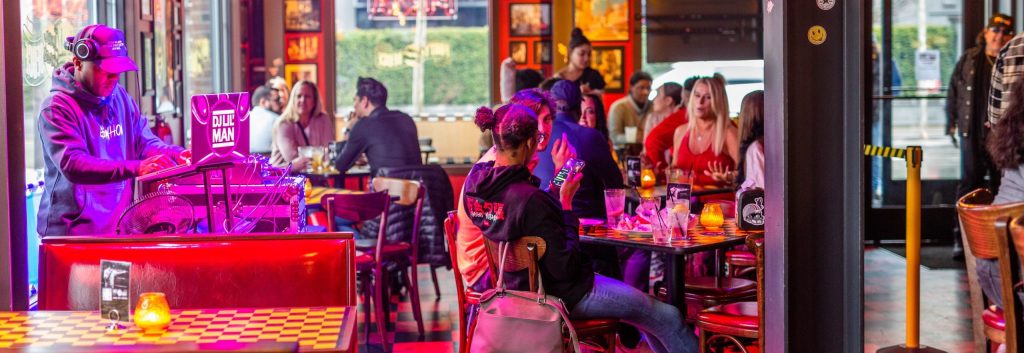By Yaromir Steiner, Published in Real Estate Forum
I hear–and see–a lot of hand-wringing and uncertainty in the industry today. Far too many retailers have let the online boogeyman get in their head and influence their decision-making and resource allocation.
It seems as if every time a store closing takes place, or a company announces poor sales, the media narrative of online encroachment kicks into high gear.
But for all that we hear about the growing influence of online sales, the fact is that the reality doesn’t match the rhetoric.
Based on the latest available data from the U.S. Census Bureau and the North American Industry Classification System (NAICS), ICSC recently published in a 2016 volume of its Retail Property Insights that online retail accounted for just 8.3% of total retail sales in 2014. If you remove mail-order sales and the online transactions of brick-and-mortar retailers, it is likely that pure-play Internet sales were actually closer to only 3.3%.
Although that number continues to inch upward, contrary to the perception held by many, the rate of increase has slowed in recent years. Several detailed industry studies (including a 2016 ICSC report on online retail) suggest that the online hype and public perception is out of sync with marketplace realities.
To put this in perspective, if you were to run the numbers in my own home town of Columbus, Ohio, you would find that the annual sales in our region’s three Costco stores alone are of the same magnitude as Amazon’s online sales in the same MSA.
So if the internet is not the big bad wolf, the question then becomes: why are so many brick-and-mortar stores underperforming? It might be less about online retail itself and more about the fear of online competition. The online hype that inflates the impact of the internet, and the fear from panicked retailers trying to “keep up,” has resulted in some extremely questionable decision-making.
There are some retailers out there today that actually look as if they are trying to “out-Amazon” Amazon. Many are offering free shipping, others are reorganizing their supply chains and making massive investments in new technologies. But there are only so many resources to go around, and if a retailer is dedicating a disproportionate amount of cash and creative energy to online sales, it only makes sense that its brick and mortar stores will suffer the consequences. Time and money going to new platforms and new technologies are not being spent on merchandising. Not going towards the customer and what they want. Not on the fundamentals of a great retail experience: providing great products that people want, and selling them in great spaces and places where people want to spend time. And when we see all of this focus on the back of the house instead of the front of the house, the result is predictable: more and more outdated, unattractive retail stores, as brands keep trying to compete with something that isn’t even their competition.
Look at department stores, for example. Traditional department store sales dropped from $96 billion annually in 2006 to $72 billion in 2015. But is the internet to blame for that? If you go to Europe, you find European department store brands thriving. The venerable Selfridge’s is setting sales records, and while Bonmarché has had a challenging 2016, the brand is consistently one of the most creative and successful when it comes to presenting vibrant and engaging shopping environments. For anyone who has spent time in London, Paris or Shanghai recently, it is obvious that most U.S. retailers are significantly behind the curve when it comes to brick-and-mortar merchandising, creativity and innovation. Even European bookstores look and feel very different than their U.S. counterparts. They are social hubs and gathering places, selling books, food, and other products with an enviable level of success.
So why is it that some retailers are doing exciting and inventive and creative things and others are not? Part of the answer does go back to online retail. Take Amazon, for example. While Amazon is the 500-pound online gorilla, it has some very real pricing limitations on its online model. The online giant continues to subsidize delivery and logistics, and has yet to prove definitively that an online-only, free-delivery model can be profitable (the majority of Amazon’s profits come from its web services).
Macy’s online sales are significantly more (as a percentage of annual sales) than Dillard’s, for example. But Dillard’s charges for shipping, Macy’s is free. Guess which of the two online strategies are actually profitable? Retailers need to stop trying to be Amazon and focus on being their best selves. The classic example of this was when Barnes & Noble attempted to go head-to-head with Kindle and iPad with their Nook e-reader, a decision that turned out disastrous for the company.
Meanwhile, brands like Victoria’s Secret, Vineyard Vines and Swarovski have done an outstanding job of merchandising and creating and maintaining a great in-store experience and appealing retail atmosphere. It’s no coincidence that those brands are thriving.
Brick and mortar retailers striving to be relevant need to know who they are today and what they want to become tomorrow. They need to focus on doing what they do well, and continuously working on doing it better. They need to dedicate the time and resources necessary to make, and keep, their environment’s great. They need to avoid trying to follow every trend and emulate everyone and everything else. Instead, they need to take the time to be inspired. They should travel the world and see some of the retail creativity for themselves. And, they should not dwell in the past–but look to the future, and recognize that brick-and-mortar retail can remain not just relevant, but the beating heart of the retail industry.
Yaromir Steiner is the founder and CEO of Columbus, Ohio-based Steiner + Associates. Over the past 20 years, the company has developed more than 7.4 million square feet of mixed-use space across the country. He is a member of Urban Land Institute, International Council of Shopping Centers and Congress for New Urbanism.






